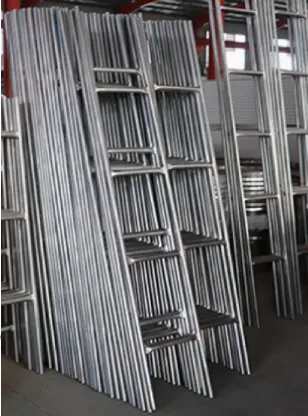loading...
- No. 9, Xingyuan South Street, Dongwaihuan Road, Zaoqiang County, Hengshui, Hebei, China
- admin@zjcomposites.com
- +86 15097380338
- Welcome to visit our website!
grp sectional panel tank
Understanding GRP Sectional Panel Tanks An Overview
Glass Reinforced Plastic (GRP) sectional panel tanks have become an increasingly popular choice in various industries for water storage. These tanks are constructed from fiberglass reinforced plastic, making them lightweight, durable, and versatile. Their unique design allows for a modular approach to water storage, which can be tailored to meet specific capacity requirements. In this article, we will explore the benefits, construction process, and applications of GRP sectional panel tanks.
Benefits of GRP Sectional Panel Tanks
One of the primary advantages of GRP sectional panel tanks is their lightweight nature. Unlike traditional concrete or steel tanks, GRP tanks are significantly lighter, making them easier to transport and install. This lightweight property is particularly beneficial when dealing with limited installation space or when heavy lifting equipment is not readily available.
Another major benefit is their corrosion resistance. GRP tanks can withstand a broad range of chemical substances and environmental conditions, ensuring a long service life without the degradation that often affects metal and concrete storage solutions. The absence of rust and rot means lower maintenance costs over time, making GRP tanks a cost-effective storage solution.
Additionally, the modular design of sectional panel tanks allows for flexibility in terms of sizing. They can be assembled on-site to create larger tanks or can be reconfigured to suit changing storage needs. This flexibility also extends to their applications, as GRP tanks can be easily integrated into various systems, including agricultural, industrial, and municipal water supply systems.
Construction Process
The construction of GRP sectional panel tanks involves several key steps. First, the individual panels are manufactured using a combination of glass fibers and resin, providing strength and durability. These panels are then transported to the installation site, where they can be assembled into a tank of the desired size.
grp sectional panel tank

Installation typically begins with the construction of a solid base, which can be made from concrete or other stable materials. Once the base is ready, the panels are connected using specially designed gaskets and bolts, ensuring that the tank is watertight. The process is relatively quick compared to traditional tank installations, which often require extensive groundwork and longer curing times.
After assembly, it is crucial to conduct a leak test to ensure the integrity of the tank. This final step guarantees that the tank will function efficiently and will not suffer from water loss, thereby optimizing the storage capacity.
Applications
GRP sectional panel tanks are versatile and can be used in a multitude of applications. They are widely used in the agricultural sector for irrigation and livestock watering. In industrial settings, they serve as storage solutions for chemicals, wastewater, and process water. Municipalities also utilize GRP tanks for drinking water storage and fire-fighting water supply systems.
Moreover, the tanks can be customized with additional features such as insulation, food-grade coatings, and UV protection, making them suitable for various environments and specific requirements.
Conclusion
In summary, GRP sectional panel tanks offer a modern and efficient solution for water storage across diverse sectors. Their lightweight design, exceptional durability, and flexibility in size and application make them a preferred choice for many users. As industries continue to prioritize sustainability and efficiency, GRP sectional panel tanks are poised to play an increasingly important role in water management.
-
Transform Your Spaces with FRP Grating SolutionsNewsNov.04,2024
-
The Versatility and Strength of FRP RodsNewsNov.04,2024
-
The Excellence of Fiberglass Water TanksNewsNov.04,2024
-
The Benefits of FRP Grating for Your ProjectsNewsNov.04,2024
-
Elevate Your Efficiency with FRP Pressure VesselsNewsNov.04,2024
-
Welcome to the World of FRP Pressure VesselsNewsOct.12,2024
-
Unveiling the Future of Filtration: Why FRP Filter Vessels are a Game ChangerNewsOct.12,2024
